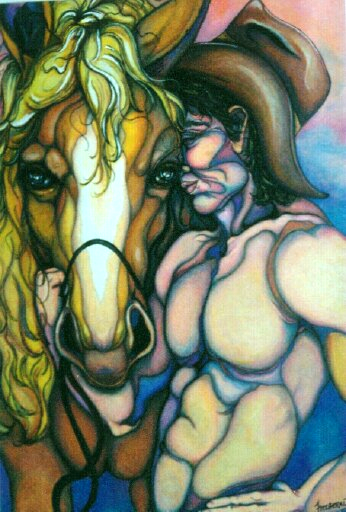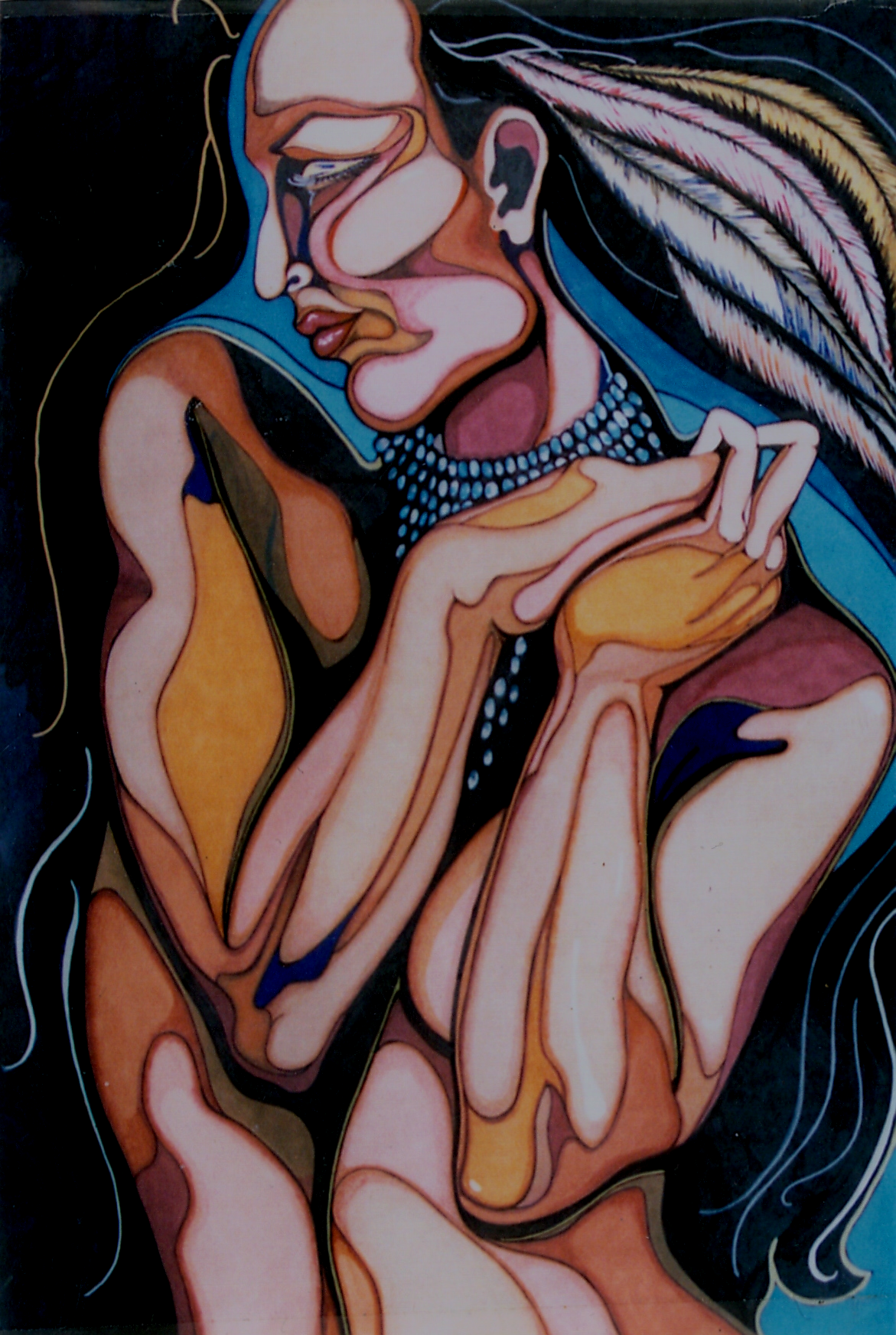"I’m not an abstractionist. I’m not interested in the relationship of color or form or anything else. I’m interested only in expressing basic human emotions: tragedy, ecstasy, doom, and so on."
::: Auguste Renoir :::
Lithograph:::
This is a printing process. A small stone, or metal plate is used. The printer, usually with the artists supervision covers the plate with a sheet of paper which are then run through the printer.
Moonlight Sentry
Renegades
Irreverence
Stoic Sun
Heartbreak Moon
Bounty Wind
Last Kiss
Reverence
Requiem
Spirit Song
Destiny
Long Day's End
Solace
Braveheart
Neoclassicism:::
“New” classicism - a style in 19th century Western art that referred back to the classical styles of Greece and Rome. Neoclassical paintings have sharp outlines, reserved emotions, deliberate (often mathematical) composition, and cool colors.
Pointillism:::
A branch of French Impressionism in which the principle of optical mixture or broken color was carried to the extreme of applying color in tiny dots or small, isolated strokes. Forms are visible in a pointillist painting only from a distance, when the viewer's eye blends the colors to create visual masses and outlines. The inventor and chief exponent of pointillism was George Seurat (1859-1891); the other leading figure was Paul Signac (1863-1935).
Fauvism:::
A short-lived painting style in early 20th century France, which featured bold, clashing, arbitrary colors - colors unrelated to the appearance of forms in the natural world. Henri Matisse was its best-known practitioner. The word fauve means “wild beast.”
Dadaism:::
An art style founded by Hans Arp in Zurich after WW1 which challenged the established canons of art, thoughts and morality etc. Disgusted with the war and society in general, Dadaist expressed their feelings by creating "non-art."
Chiaroscuro:::
In drawing, painting, and the graphic arts, chiaroscuro (ke-ära-skooro) concerns the rendering of forms through a balanced contrast between light and dark areas. The technique that was introduced during the Renaissance, is effective in creating an illusion of depth and space around the principal figures in a composition. Leonardo Da Vinci and Rembrandt were painters who excelled in the use of this technique
Gouache:::
"The technique of applying opaque watercolor to paper; also a work of art so produced. The usual gouache painting displays a light-reflecting brilliance quite different from the luminosity of transparent watercolors."
"I want to start where language ends."
::: Antony Gormley:::
"All true artists, whether they know it or not, create from a place of no-mind, from inner stillness."
::: Eckhart Tolle :::
"Painting.. we do not talk about it, we do not analyse it, we feel it."
::: Bernard Buffet :::
"I am unable to make any distinction between the feeling I get from life and the way I translate that feeling into painting."
::: Henri Matisse :::
'Life is hardly more than a fraction of a second. Such a little time to prepare oneself for eternity."
::: Paul Gauguin :::
"Art evokes the mystery without which the world would not exist."
::: Rene Magritte :::
"Painting is a language which cannot be replaced by another language. I don't know what to say about what I paint, really."
::: Balthus :::
"The greater the artist, the greater the doubt. Perfect confidence is granted to the less talented as a consolation prize."
::: Robert Hughes -
Art Critic :::
'These paintings may be easy to call insignificant by a critic,
but they are precious to the people who bring them into their home."
::: Thomas Kinkade :::
Renegades
Tenderheart
Perilous Dawn







